Slavs and Tatars
17 Nov 2018 - 27 Jan 2019
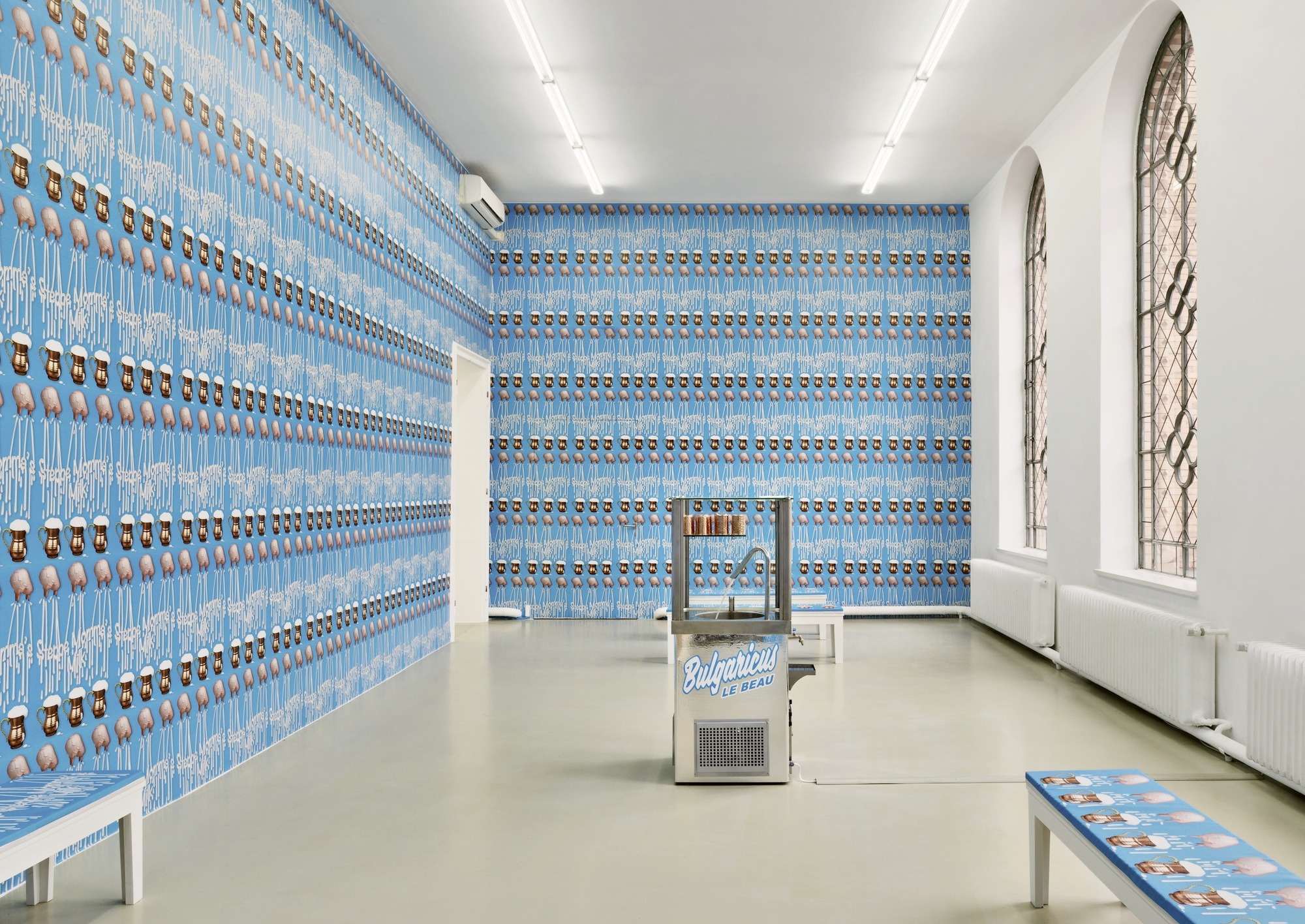
Slavs and Tatars: Sauer Power. Installation view at Kunstverein Hannover, 2018. Photo: Raimund Zakowski. Courtesy the artist; Kraupa-Tuskany Zeidler, Berlin

Slavs and Tatars: Sauer Power. Installation view at Kunstverein Hannover, 2018. Photo: Raimund Zakowski. Courtesy the artist; Kraupa-Tuskany Zeidler, Berlin
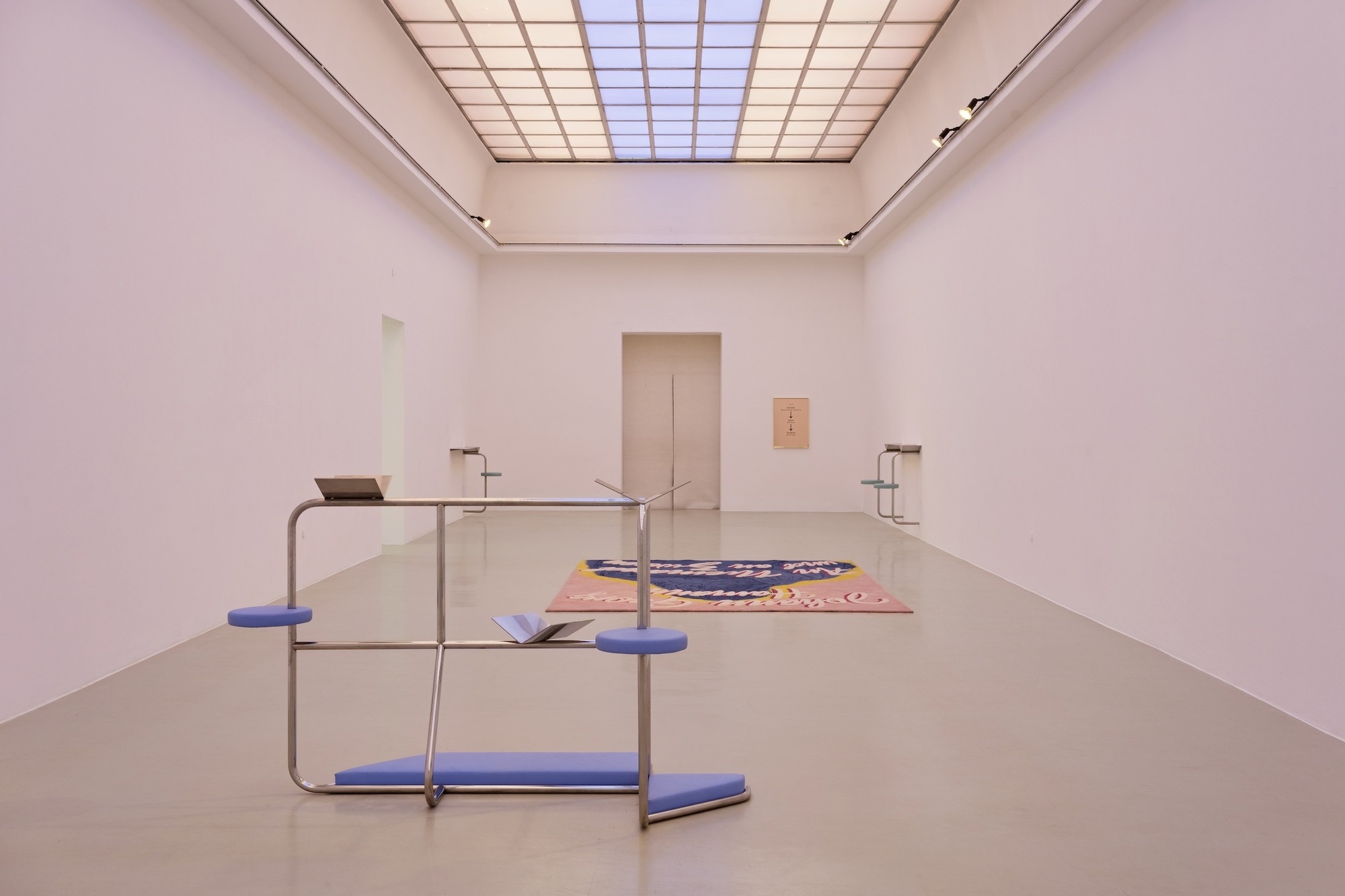
Slavs and Tatars: Sauer Power. Installation view at Kunstverein Hannover, 2018. Photo: Raimund Zakowski. Courtesy the artist; Kraupa-Tuskany Zeidler, Berlin
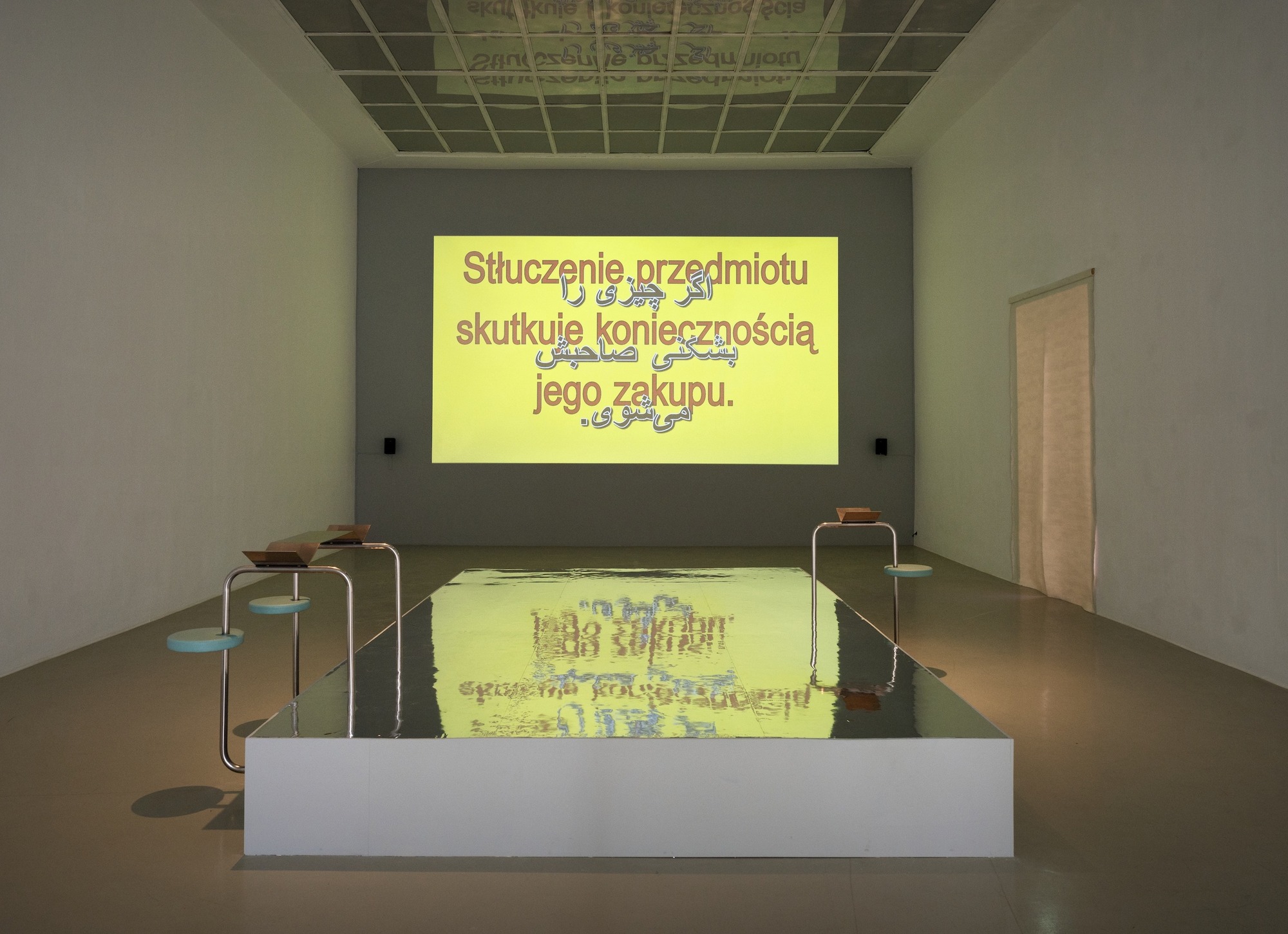
Slavs and Tatars: Sauer Power. Installation view at Kunstverein Hannover, 2018. Photo: Raimund Zakowski. Courtesy the artist; Kraupa-Tuskany Zeidler, Berlin

Slavs and Tatars, Kitab Kebab (Merton to Mazda), 2012. Books, metal skewered, 30 × 22 × 58 cm. Installation view Kunstverein Hannover, 2018. Photo: Raimund Zakowski. Courtesy the artist; Kraupa-Tuskany Zeidler, Berlin
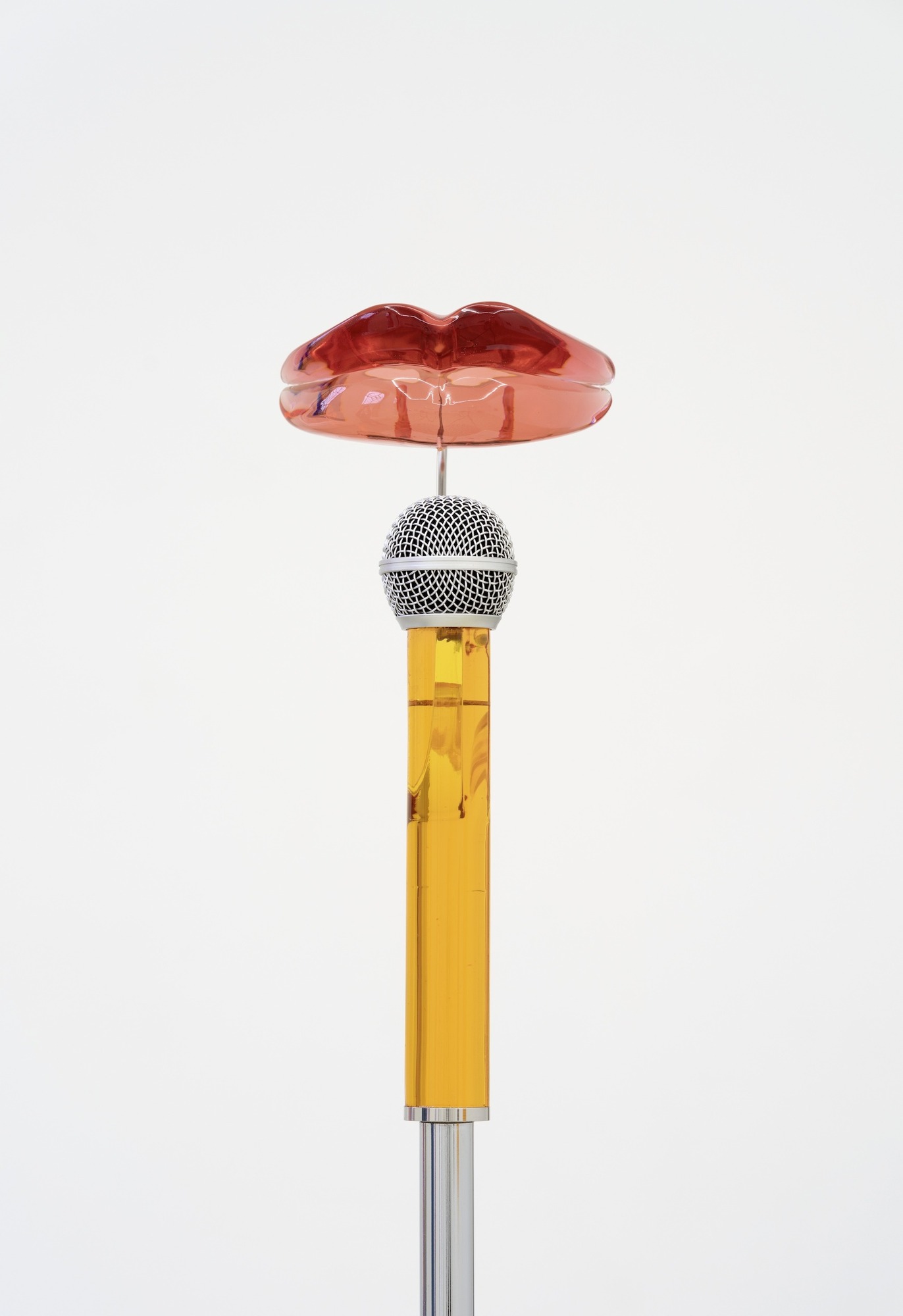
Slavs and Tatars, Gut of Gab (Ha’mann), 2018. Resin, Steel, 160 × 60 × 50 cm. Photo: Raimund Zakowski. Courtesy the artist; Kraupa-Tuskany Zeidler, Berlin
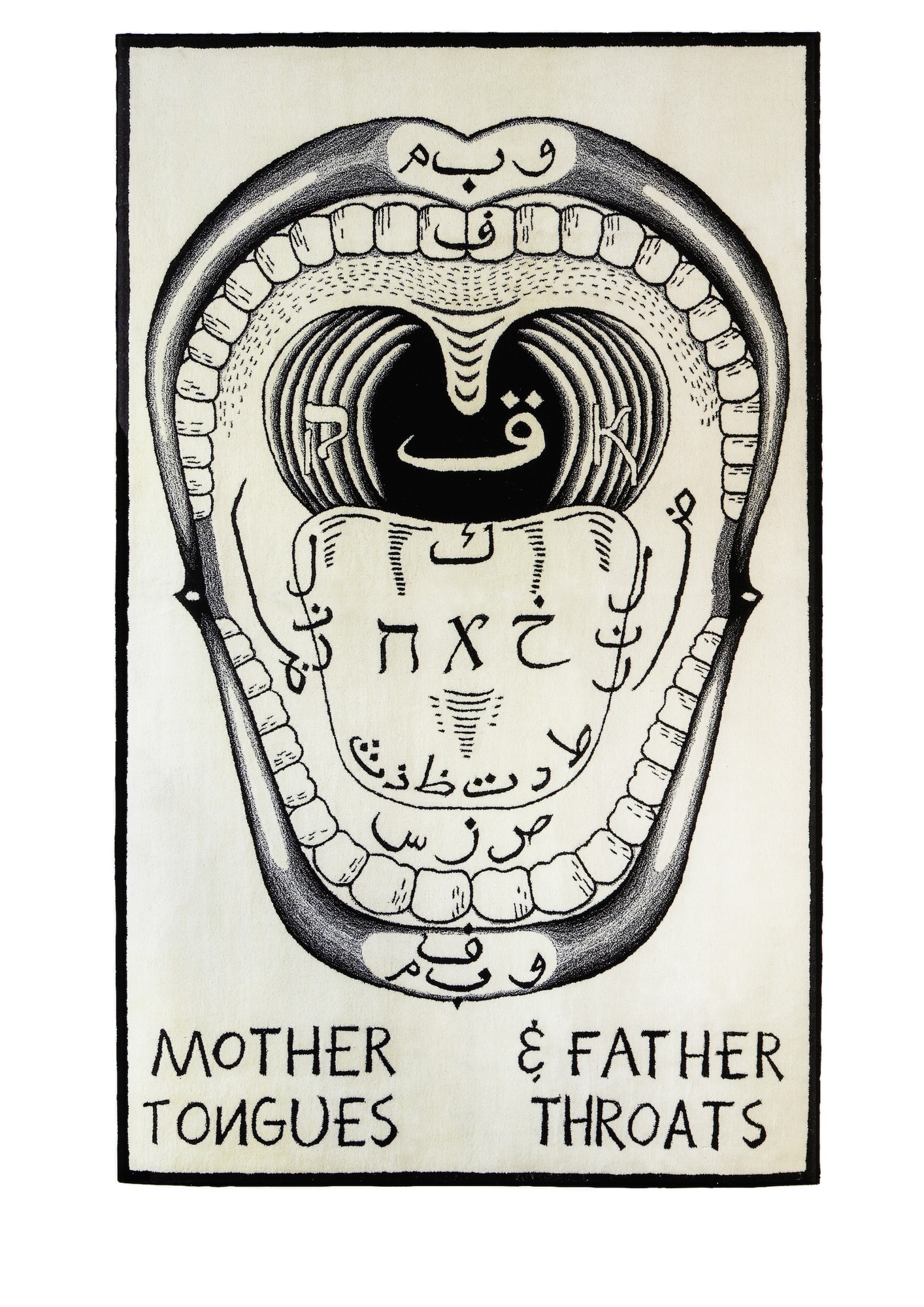
Slavs and Tatars, Mother Tongues and Father Throats, 2012. Woolen yarn, ca. 500 × 300 cm. Courtesy the artist; Kraupa-Tuskany Zeidler, Berlin
SLAVS AND TATARS
17 November 2018 – 27 January 2019
With Slavs and Tatars, the Kunstverein Hannover presents an exhibition of works by the internationally-renowned art collective whose work about Eurasia mixes high and low, pop culture and esoterica, faith and satire in ways rarely witnessed in the arts or the academy. Begun as a reading circle in 2006, Slavs and Tatars work addresses language, identity, and faith in equal parts analytical rigor and humour. Intensive research—the survey of archives, scholarly investigation and field work–ground their practice, which take on various forms: from expansive installations and immersive sound pieces to special artists’ books and lecture performances.
A parcours was developed for the spaces of the Kunstverein Hannover inviting visitors to read themselves through the exhibition, both physically as well as mentally. On the occasion, the artists have created a sour milk bar, as part of their recent cycle of works called Pickle Politics. The artists see in fermentation a strategy to better understand and activate the “rot of our populist present.” By allowing for a space beyond the binary thinking of the Enlightenment, bacteria are the first Other, against which humans have defined themselves since Pasteur. The artists excavate the Turkic, Mongol and steppe origins of fermentation, as a nod to the very cultures against which Western civilization has traditionally defined itself, from Herodotus to Hitler.
Slavs and Tatars’ work has been the subject of solo exhibitions at the Museum of Modern Art, NY; Salt, Istanbul; Vienna Secession, Kunsthalle Zurich and Ujazdowski Centre for Contemporary Art, Warsaw, among others. The artists’ public lectures have been presented at leading universities and festivals across the globe. Slavs and Tatars has published ten books to date, including Wripped Scripped (Hatje Cantz, 2018 in cooperation with the Staatliche Kunstsammlung Dresden and Kunstverein Hannover) on language politics.
17 November 2018 – 27 January 2019
With Slavs and Tatars, the Kunstverein Hannover presents an exhibition of works by the internationally-renowned art collective whose work about Eurasia mixes high and low, pop culture and esoterica, faith and satire in ways rarely witnessed in the arts or the academy. Begun as a reading circle in 2006, Slavs and Tatars work addresses language, identity, and faith in equal parts analytical rigor and humour. Intensive research—the survey of archives, scholarly investigation and field work–ground their practice, which take on various forms: from expansive installations and immersive sound pieces to special artists’ books and lecture performances.
A parcours was developed for the spaces of the Kunstverein Hannover inviting visitors to read themselves through the exhibition, both physically as well as mentally. On the occasion, the artists have created a sour milk bar, as part of their recent cycle of works called Pickle Politics. The artists see in fermentation a strategy to better understand and activate the “rot of our populist present.” By allowing for a space beyond the binary thinking of the Enlightenment, bacteria are the first Other, against which humans have defined themselves since Pasteur. The artists excavate the Turkic, Mongol and steppe origins of fermentation, as a nod to the very cultures against which Western civilization has traditionally defined itself, from Herodotus to Hitler.
Slavs and Tatars’ work has been the subject of solo exhibitions at the Museum of Modern Art, NY; Salt, Istanbul; Vienna Secession, Kunsthalle Zurich and Ujazdowski Centre for Contemporary Art, Warsaw, among others. The artists’ public lectures have been presented at leading universities and festivals across the globe. Slavs and Tatars has published ten books to date, including Wripped Scripped (Hatje Cantz, 2018 in cooperation with the Staatliche Kunstsammlung Dresden and Kunstverein Hannover) on language politics.
